Rising to the Occasion: The Wholesome Tale of Irish Soda Bread
In the heart of Ireland, where verdant fields meet dramatic coastlines, there's a bread that has stood the test of time, capturing the essence of Irish cuisine and culture like no other. We're talking about the beloved Irish Soda Bread, a rustic yet elegant creation that holds a special place in the hearts and kitchens of the Emerald Isle. Join us on a journey through the origins, ingredients, and distinctive qualities that make Irish Soda Bread an iconic staple in the world of baking.
The Humble Origins
Irish Soda Bread's story begins in the 19th century when baking soda, also known as bicarbonate of soda, became widely available. Before this, yeast breads were the norm, but yeast could be scarce in rural Irish households. The introduction of baking soda revolutionized breadmaking, as it provided a means to leaven bread without the need for yeast.
The Ingredients that Define Tradition
A classic Irish Soda Bread is as uncomplicated as it is flavorful. It calls for just a handful of ingredients: flour, baking soda, salt, and buttermilk. These humble components come together to create a hearty, slightly tangy loaf with a distinct texture – dense yet tender, with a crisp crust. The magic happens when the baking soda reacts with the acidic buttermilk, producing small pockets of carbon dioxide, resulting in that trademark rise and crumb structure.
Why We Identify It as Irish
What sets Irish Soda Bread apart from other soda bread variations is its simplicity. Irish bakers historically used what they had on hand – the basic ingredients of flour, soda, salt, and buttermilk. The preparation was straightforward, and the dough was often shaped into a cross, believed to ward off evil spirits and ensure a successful bake. This traditional recipe has been passed down through generations and remains a cherished part of Irish culinary heritage.
A Bread for Every Occasion
Irish Soda Bread's versatility makes it a staple in Irish households year-round. It's the perfect accompaniment to a hearty stew, a vehicle for thick slathers of butter, or a comforting treat on its own. In fact, it's not uncommon for Irish families to enjoy a freshly baked loaf daily.
Embracing Tradition with a Twist
While the classic recipe remains timeless, contemporary bakers have added their own twists to Irish Soda Bread. Variations include additions like raisins or currants, creating what's known as "Spotted Dog" or "Soda Farls" – round, griddled bread often served with a traditional Ulster fry. These adaptations honor the spirit of the original while allowing for creative experimentation.
Baking with Heart and Heritage
Irish Soda Bread transcends mere sustenance; it embodies the warmth and hospitality for which the Irish are renowned. The act of baking and sharing this bread connects people, providing nourishment for both the body and the soul. It's a testament to the enduring power of simple, wholesome ingredients and the sense of community that surrounds food.
In the world of breadmaking, Irish Soda Bread stands as a testament to resourcefulness and tradition. With its humble beginnings, straightforward preparation, and unique Irish identity, it's no wonder this hearty loaf continues to be a cherished favorite on tables both in Ireland and around the globe. So, the next time you savor a slice of Irish Soda Bread, know that you're tasting a slice of history, a taste of Ireland's soul, and a reminder that the simplest things in life often bring the greatest joy. Sláinte!
Ingredients
2 cups All Purpose Flour
1.75 cups Wheat Flour
2 - 3 tbsp Extra Flour (either flour, for dusting)
1.5 TSP baking soda
1.5 TSP salt
2 cups non dairy Buttermilk
2 cups soy milk or any non dairy milk with 2 tablespoons Lemon Juice or Apple Cider Vinegar
Directions
Preheat oven to 430F
Line tray with parchment paper.
Make your buttermilk and allow to curdle. You will do this by adding the 2 tablespoons of your choice of lemon juice or vinegar and allowing the milk to curdle for 15 minutes.
Add AP flour, wheat flour, baking soda and salt to a large bowl and whisk. Make sure not to toss in the reserve flour! That’s for dusting later.
Add buttermilk, stir until combined and feels too hard for you to stir by hand.
Sprinkle 2 tbsp Extra Flour onto work surface, scrape out dough, sprinkle with more flour.
Gently knead no more than 8 times, bring together into a ball.
Transfer to tray, pat into 1” thick disc.
Cut cross on surface 1cm / 0.3" deep using serrated knife.
Bake 20 minutes. Turn oven down to 390F
Bake further 20 minutes, or until the base sounds hollow when tapped in the middle.
Transfer to rack and cool for at least 30 minutes before slicing.




